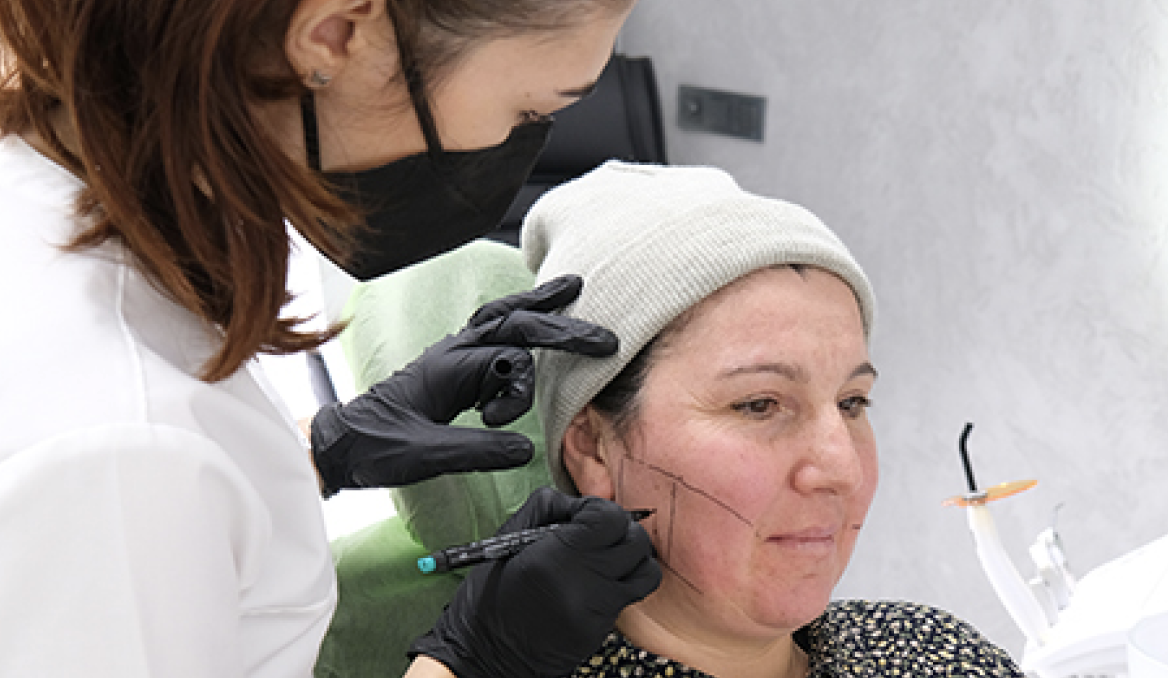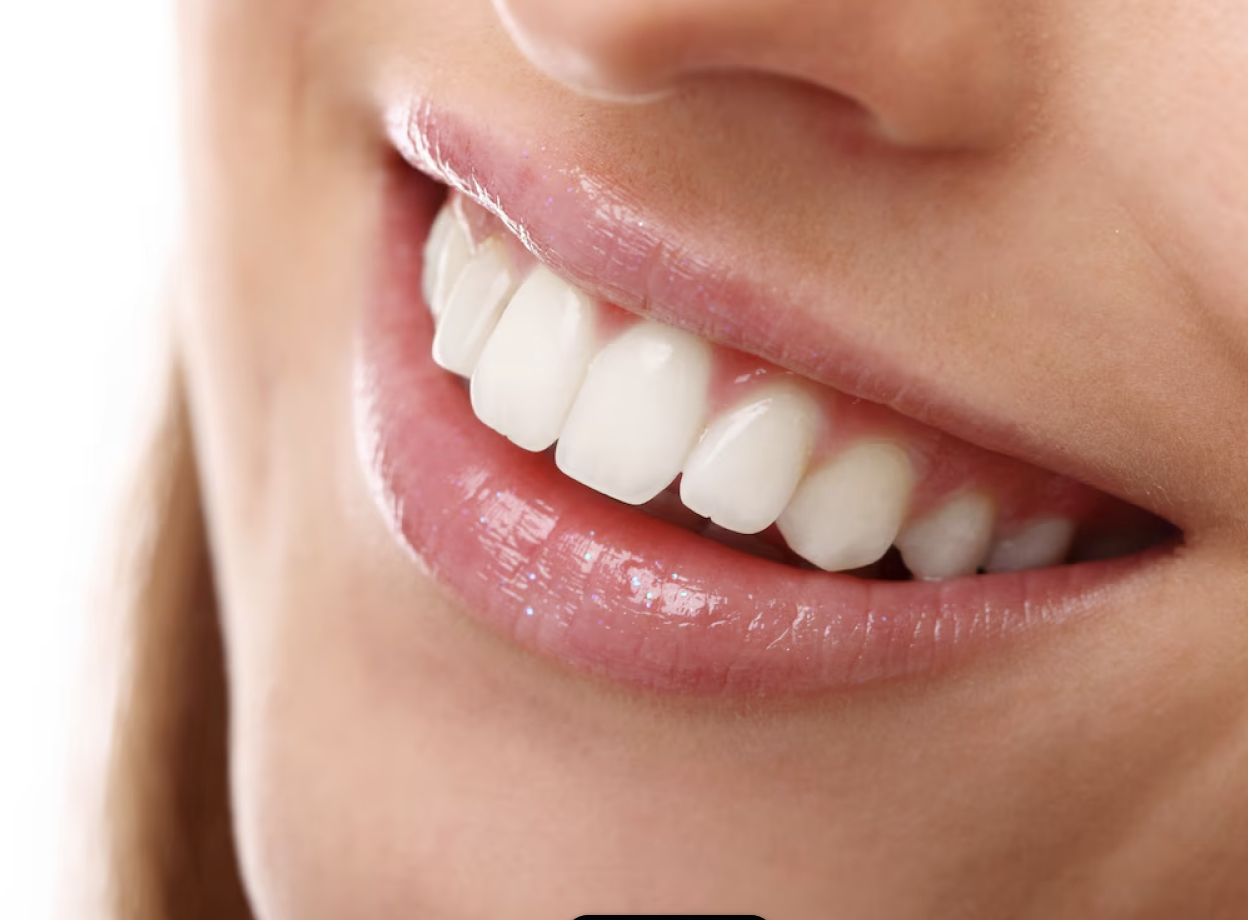Quality care shouldn't come with a ticking clock. At DentalAys, we stand behind our work with industry-leading guarantees. No more worries about return trips or unexpected costs – your smile is our long-term commitment. Our world-class team, cutting-edge facility, and trusted lab partners ensure top-tier treatments that last. Discover peace of mind with DentalAys.
Note:
This practice is carried out in accordance with the standards of the "Disinfection, Antisepsis, and Sterilization Guide" and the "Health Quality and Accreditation Guide".

After a patient leaves the clinic following a procedure, the used instruments are placed in a dirty instrument box and delivered to the Central Sterilization Unit. This unit consists of four main sections:

The instruments received in the dirty area are cleaned with special tools and disinfectants so that no residue remains on them. After cleaning, the instruments are carefully inspected and it is ensured that there are no stains or residues.

The cleaned instruments are delivered to the clean area. Here, each instrument is placed in special sterilization packages. Indicators for autoclave control are placed inside the packages, and then they are placed in the autoclave. The autoclave uses heat and steam to sterilize the instruments.

Thanks to the indicators on the packages coming out of the autoclave, it is confirmed that the instruments are completely sterile. Then, these packages are barcoded.

The barcoded sterile packages are placed in the sterile storage. Every day, they are regularly distributed to the relevant clinics by the sterilization officer.

At DentalAys, we offer a full range of dental services, from cosmetic to restorative care. With 15+ years of experience in Istanbul, we’re now in Antalya, delivering world-class care with warm hospitality. Join our satisfied patients and transform your smile today.
See All Treatments